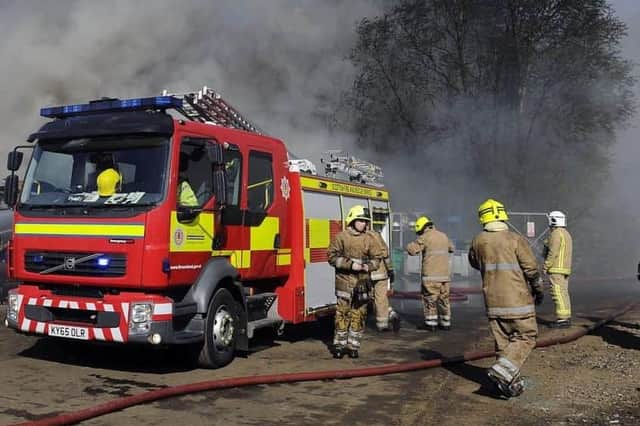Fire service issues festive warning over candles and heating devices


Last year, the Scottish Fire and Rescue Service (SFRS) attended 4,174 accidental house fires, with around a tenth of those (381) occurring in the month of December.
Households have additional pressures of rising living costs this winter. Many people will be looking at using alternative methods of heating, lighting and cooking and could be placing themselves at risk of accidental fire and carbon monoxide poisoning.
Advertisement
Hide AdAdvertisement
Hide AdSFRS is urging households to be exercise caution when using candles, portable heaters and cooking methods.
Gordon Pryde, head of Community Safety Engagement, said: “If using candles, please be extra vigilant. They can be a fire risk and we would recommend using safer alternatives such as LED candles and lights or torches to light your home. Ensure there is space around any candles, as well as heaters and open fires to reduce the risk of fire and also use the correct fuels for woodburning stoves and open fires. We would also always strongly discourage the use of any homemade heating device, these can present fire risks as well as potential risks of carbon monoxide poisoning.”
Further advice can be found on the SFRS website.
Mr Pryde added: “Be aware also, that carbon monoxide could be a risk if you’re using any old or unfamiliar heaters and do not use camping stoves or barbecues indoors as this can also present carbon monoxide risk. This undetectable gas can be deadly and installing a carbon monoxide detector is recommended.”
If you know of someone who needs a Home Fire Safety Visit get in touch by calling 0800 0731 999. Or text FIRE to 80800. Help to support those who are most at risk of fire.